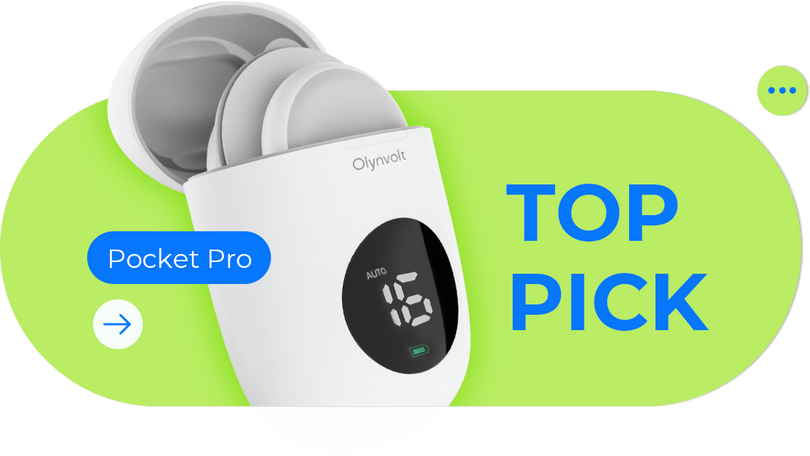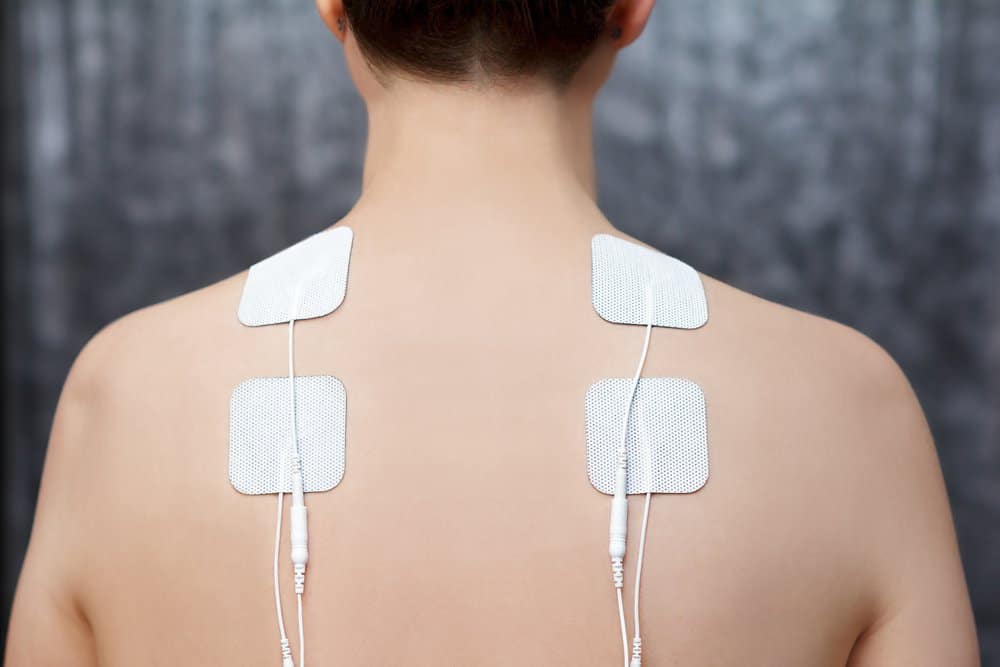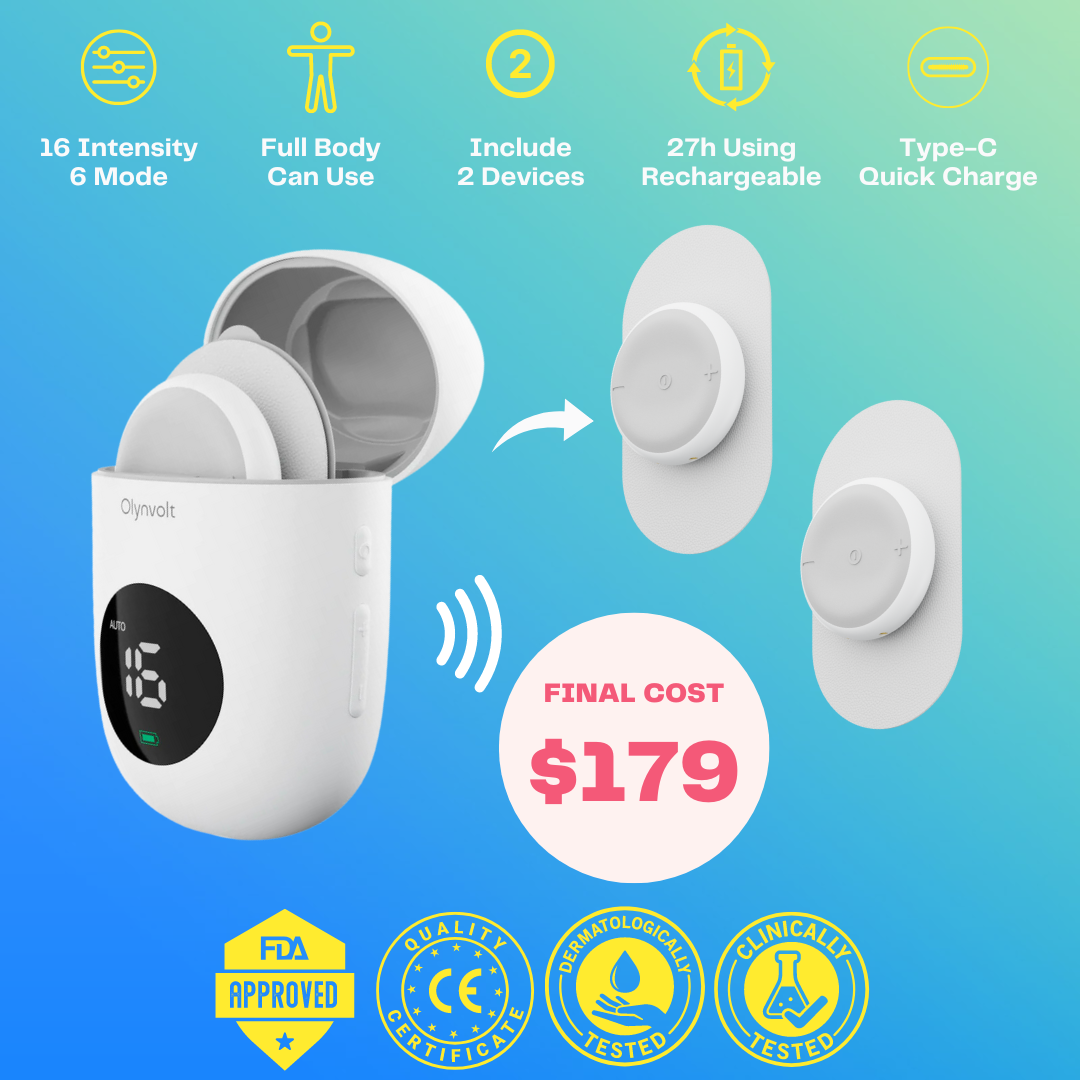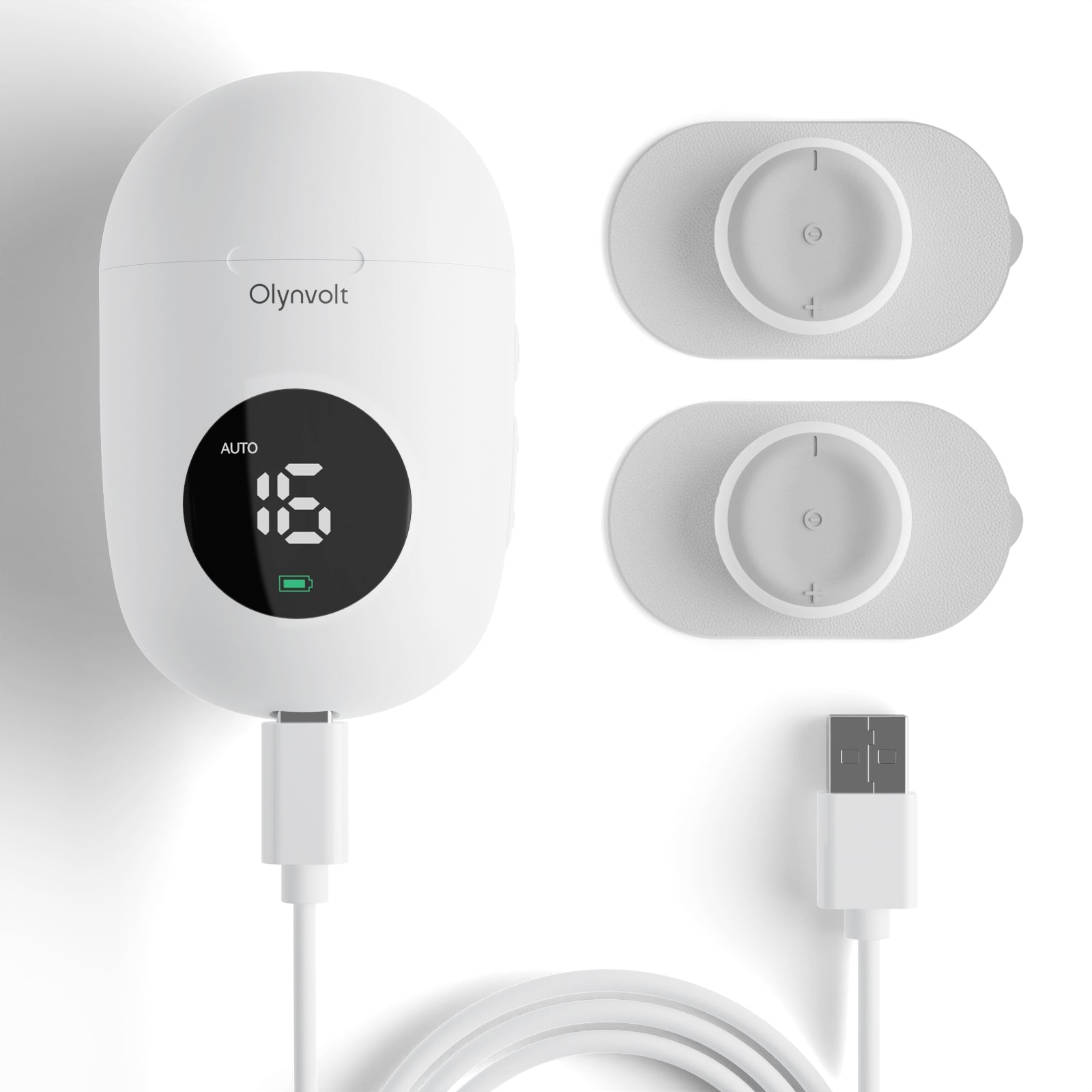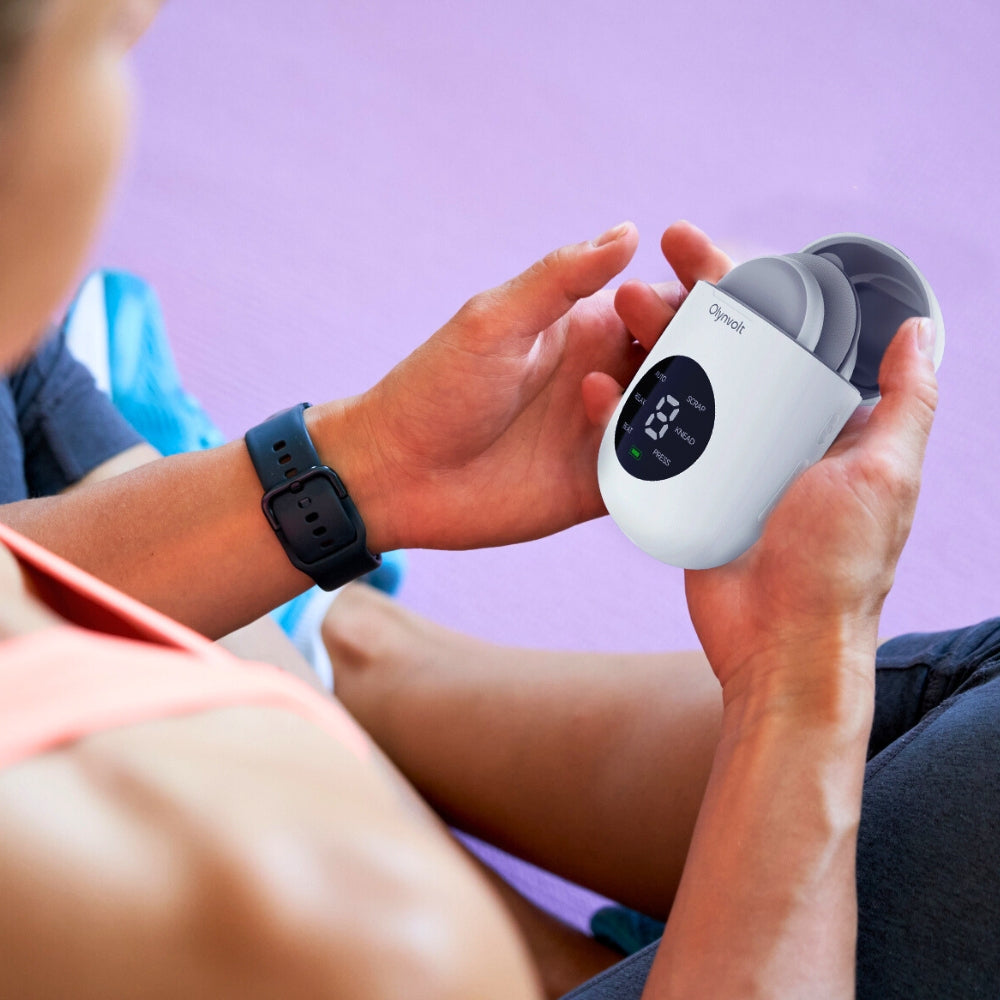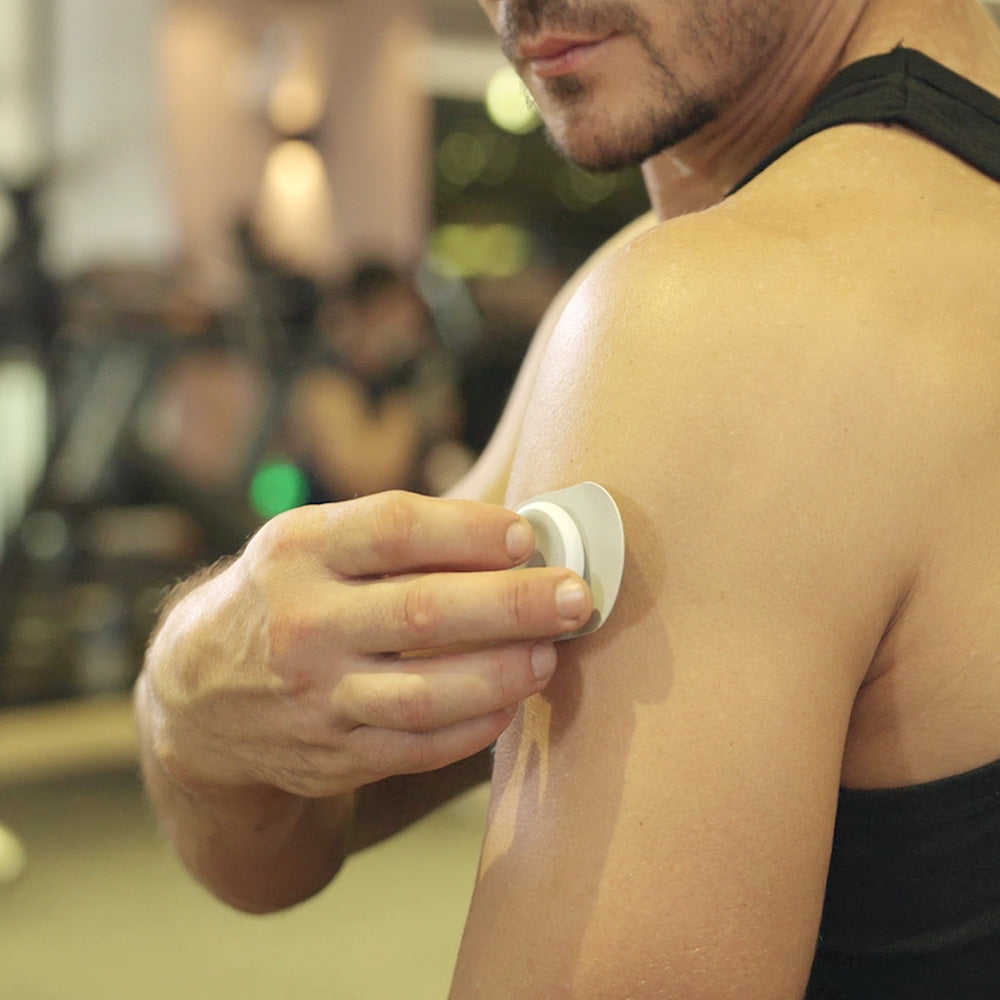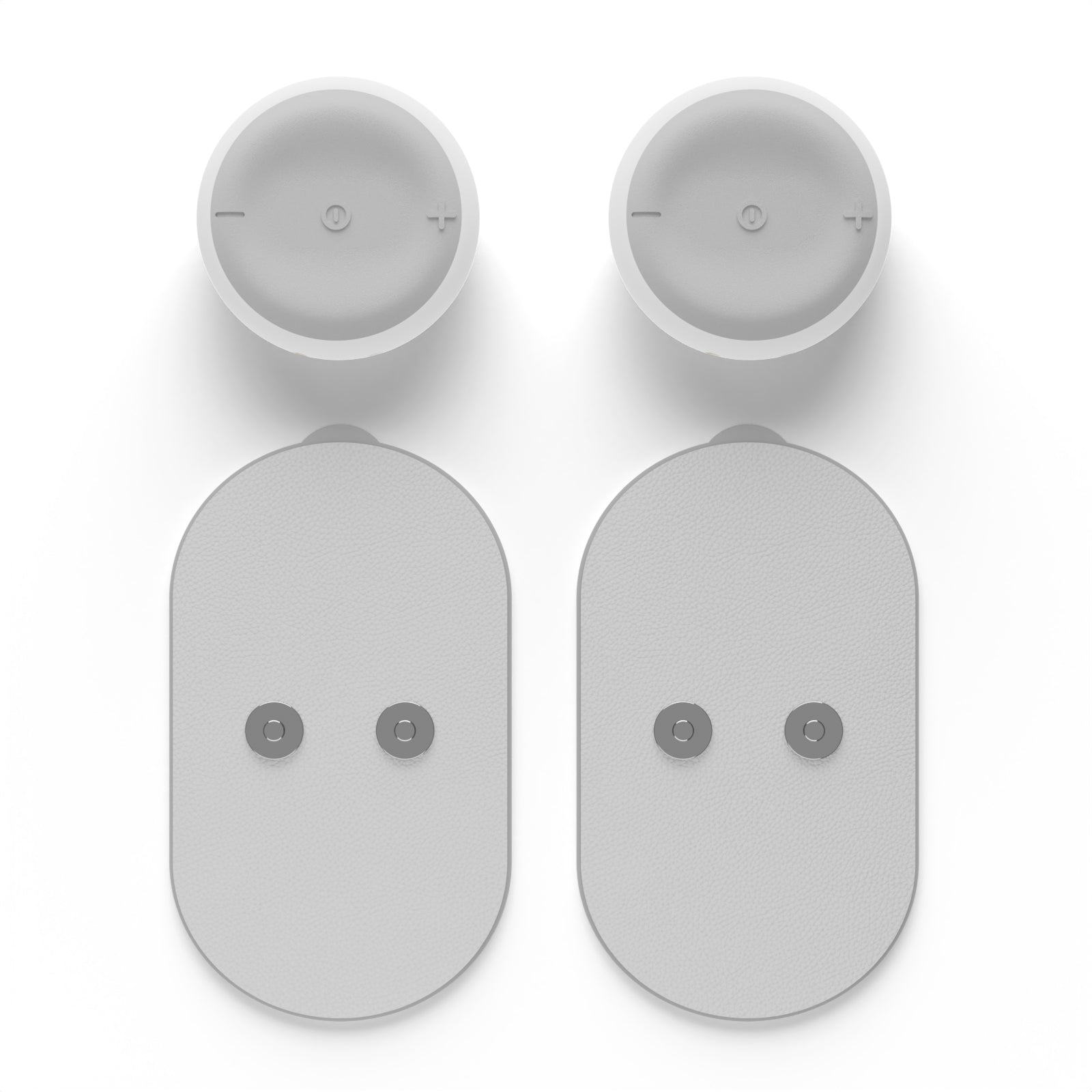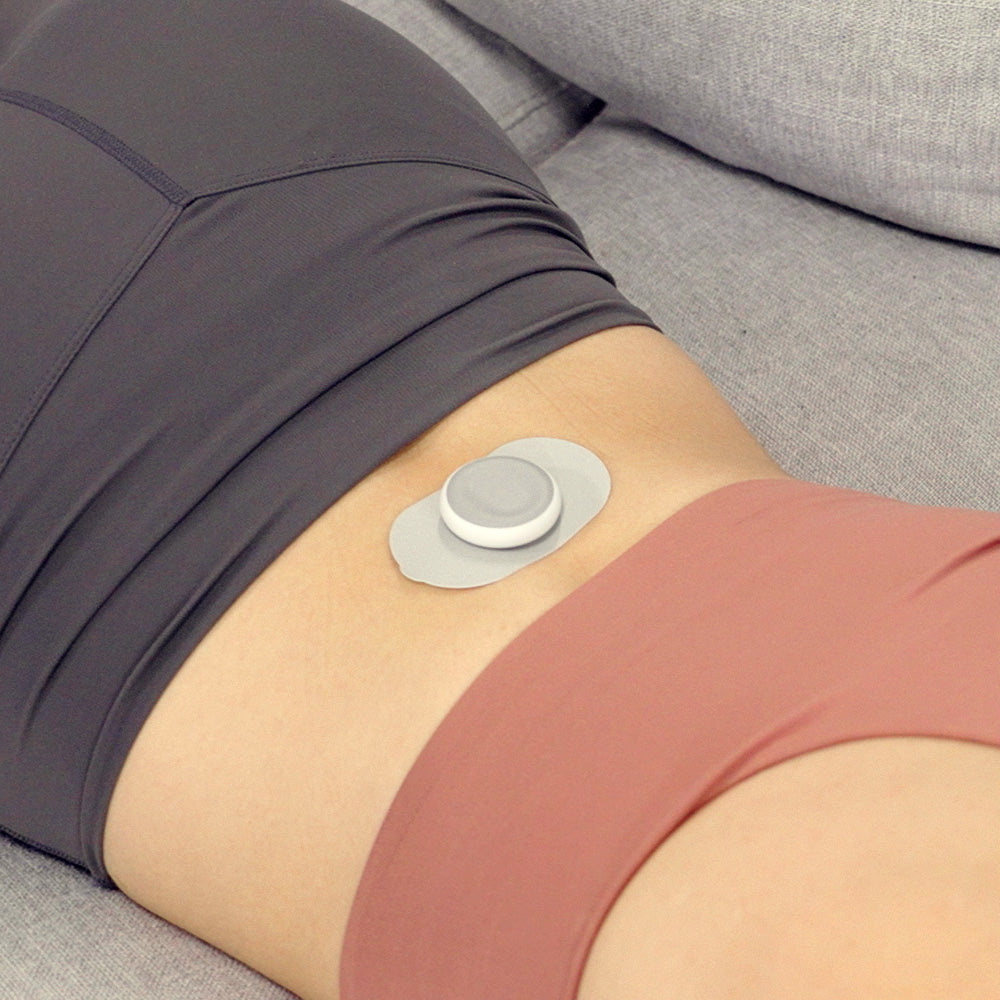Around 125 million Americans suffer from one or more musculoskeletal pain disorders. Because pain is experienced differently for each individual, some people require different treatment than others. Many people find TENS unit placement for neck pain an effective option. Other treatments involve electric nerve stimulation, physical therapy, or cognitive-behavioral therapy (CBT).
Electric nerve stimulation is not new. Back in ancient Rome, electric eels were used in early medical treatments. And the study of electrical currents by Ben Franklin in the 1700s brought electrical currents as a possible treatment for pain.
Pain can be debilitating and even the slightest pain brings annoying discomfort. The total costs of healthcare for managing pain reached $300 billion. For this reason, the healthcare industry is promoting the study of treatments and interventions to manage and prevent pain.
Below are the three major goals of pain management.
Reduce pain as quickly as possible
Restore the daily functioning of individuals
Cope with and monitor the side effects of therapy or treatment
One of the interventions that can reduce pain and restore an individual’s capacity to do activities of daily living (ADLs) almost immediately is the use of a TENS unit.
Gentle stretches like these should also be practiced, when appropriate, by those considering TENS unit placement for neck pain.
What exactly does a TENS unit do?
A Transcutaneous electrical nerve stimulation or TENS therapy uses a low voltage electrical current to manage pain. A TENS unit consists of a battery-powered device that delivers pulses of electricity through electrodes placed on the skin surface. These electrodes are usually placed at key locations:
At or near nerves where the pain is located
At trigger points
A TENS unit is generally safe. This treatment is nonpharmacological, noninvasive, inexpensive, and easy to use.
This device produces different effects on the body. The use of a low frequency of less than 10 Hz with high intensity is used to produce muscle contractions. On the other hand, less than 50 Hz is used with low-intensity stimulation to produce paresthesia or tingling (and relieve pain) without muscle contractions.
Why can’t I move my neck without it hurting?
A joint or nerve issue is usually the cause of intense pain. A nerve may be pinched, stretched, or compressed thereby causing pain. Or, the nerve may be irritated by chemicals produced by inflammation. To protect a pinched nerve, the brain signals the body to produce muscle spams, preventing the person from moving the head in case of neck pain or back pain.
Does a TENS unit promote healing?
The TENS causes vasodilation or an increase in blood flow. Other effects of TENS include analgesia or pain relief, sensory response, and possibly even tissue repair.
The three types of TENS:
Intense TENS (low-intensity and high-frequency)
Acupuncture-like TENS (high-intensity and low-frequency)
Conventional TENS (high-intensity and high-frequency)
Conventional TENS can be administered at any time during pain. Acupuncture-like TENS produce muscle contractions to temporarily reduce pain. And intense TENS are used for paresthesia which can mask acute pain and is administered for only a few minutes.
Medications, interventional treatments, and behavioral therapies are just some of the ways of managing pain. For example, medications that relieve pain are acetaminophen and NSAIDs. In particular, NSAIDs reduce the production of prostaglandins, responsible for inflammation and pain.
Oral medications have side effects and adverse effects that may cause systemic problems. Some oral medications like NSAIDs are safe when taken in small doses over a short period of time. They do have some side effects like causing stomach bleeding (ulcers) and kidney problems when overused or used for prolonged periods. The safer painkiller, acetaminophen, has some adverse effects such as headache and can lead to liver toxicity when taken in large amounts.
TENS may provide short-term relief for the pain. Take note that the muscles or tissues causing the pain still have the same structure or injury. TENS is not a cure for chronic pain, per se — the electrical pulses are just releasing natural hormones such as endorphins, resulting in pain relief.
tens unit placement for neck pain
TENS unit placement for neck pain can help ease the discomfort of neck strain.
How do TENS work?
A transcutaneous electrical nerve stimulator (TENS) sends pulses of electricity to jumpstart the body’s natural pain killers. These electrical pulses can release endorphins, which then relieves pain. TENS can reduce pain sensations.
Sensory response
TENS is used for acute pain to produce a strong enough tingling sensation but is still below the patient’s pain threshold. Also, sensory TENS is recommended in the early stages of tissue healing.
Motor response
For acute pain and early stages of tissue healing, sensory TENS (50-150 Hz) is indicated. Healing will progress, and TENS should be shifted to lower frequency motor stimulation (1-10 HZ). Motor TENS will stimulate receptors to produce a strong yet tolerable muscle contraction. This activates the release of endogenous opioids from the brain into the blood for pain relief.

